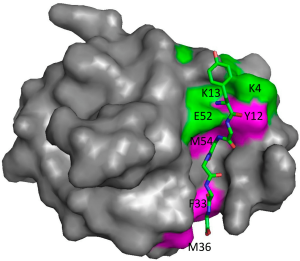6 Summary
6.1 Identifying drugs from functional groups
There are thousands of different types of drugs that have been investigated and clinically approved for an array of indications. The capacity to recognize a drug and its potential target is important in pharmaceutical sciences. Often, there are key functional groups that are associated with specific drug targets. This is largely because the drug will target exclusive pockets on a protein. These pockets will have specific van der Waals volumes as well as electrostatic and hydrophobic surfaces that will ideally accommodate certain functional groups. A large aspect of drug discovery is identifying the critical functional groups that will engage with the binding pocket, and building out the molecule to create or optimize additional interactions.

Throughout these topics, we have explored specific types of functional groups and associated them to different targets (such as sulfonylurea moieties for KATP channel sensitivity and coumarins for VKORC1 binding). Some functional groups can be further classified. For example, carboxylic acids are key functional groups found across multiple drugs. They introduce an acidic functionality into a molecule and alter the electrostatic and hydrogen bonding potential. A functionalized carboxylic acid can also be a key indicator for the type for drug target. (Table 6.1) Identifying trends in different types of functional groups is critical in recognizing drugs and their targets.
Table 6.1 Functionalized carboxylic acids are chemotemplates of multiple drug classes.


